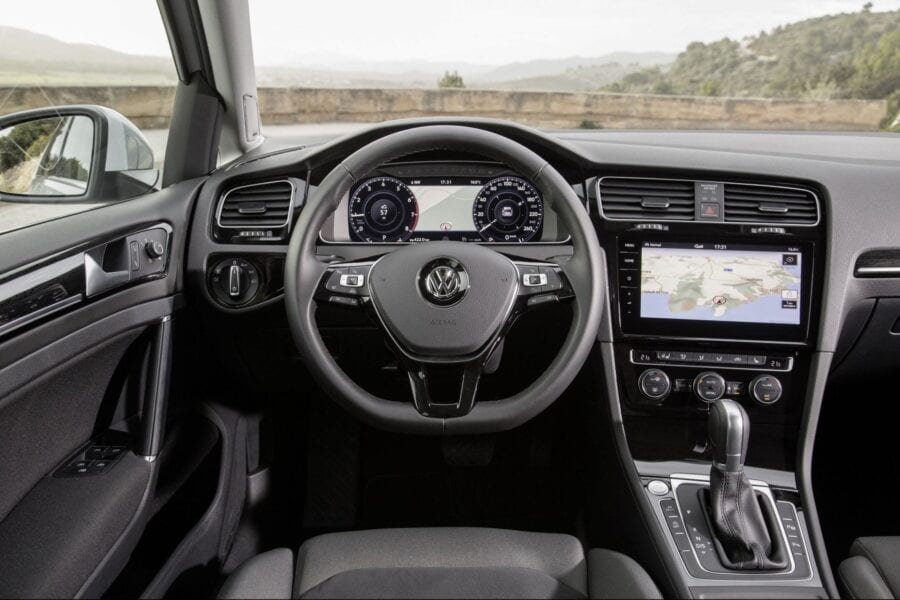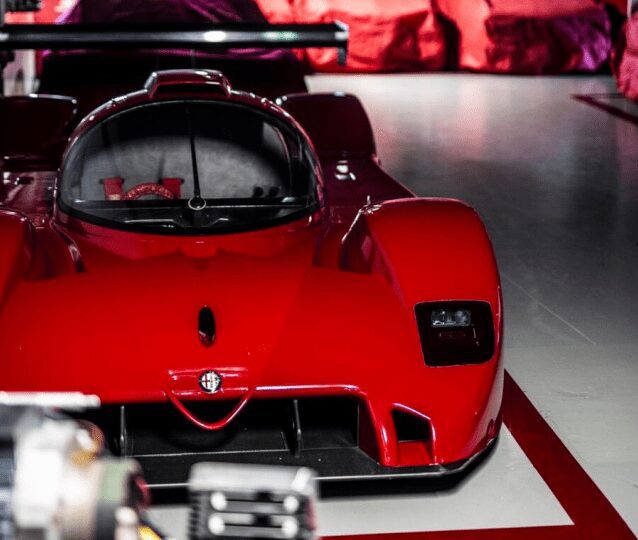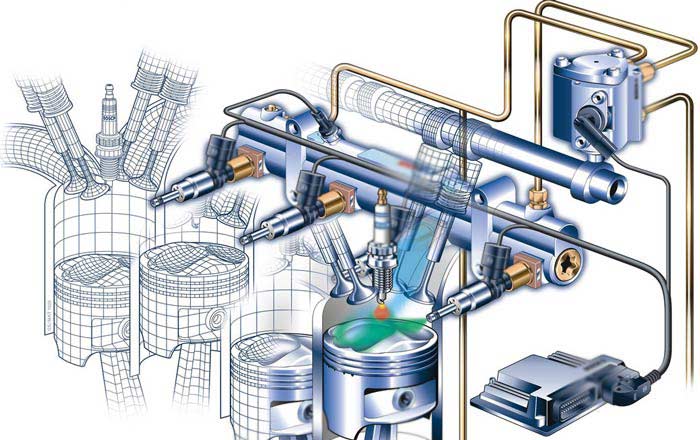
Fuel / injection system
Content
In this article we will see what the fuel system of a modern car looks like (in general terms), with some details on the location of the elements designed to inject fuel into the engine. However, we are not going to see the differences that can exist in direct and indirect injection here, the difference is at the level of the cylinders, so on a closer look (see here).
Basic electrical diagram
The diagram has been simplified to highlight the main channels. For example, I did not indicate the possible return of fuel from the injection pump to the tank, which makes it possible to return the surplus received. Not to mention a canister that collects fuel vapors to filter them out and possibly return them to the intake (to help during startup)
If we start from the starting point, the tank, we notice that the fuel is sucked in by the booster pump and sent to the circuit below pressure that remains low enough.
The fuel then passes through filters which allows you to deposit particles present in the tank, and also tries drain water (only on diesel engines)... Then there is heater which is not present on all vehicles (also depends on the country). It allows the fuel to be slightly heated to help it burn when it is very cold. The fuel does not heat up when hot.
We then come to the doors of the high pressure injection system as we reach Pumps (in blue in the diagram). The latter will send fuel at high pressure to the common rail, if there is one (see other topologies here), otherwise the injectors are powered directly from the booster pump. V Battery fuel system allows you to increase the pressure (which is important for direct injection, which requires high values) and avoids the pressure deficit at high speeds, which happens with a simple pump.
A sensor on the rail allows you to know the pressure in the latter in order to control the main pump (and therefore control the pressure level in the rail). This is where we place power chips that will simulate lower pressure than they actually do. As a result, the pump increases pressure, which allows for power and fuel economy (higher pressure allows for finer vaporization of the fuel and therefore better mixing of oxidizers and fuel).
Fuel which is not used by injectors (we send more fuel than necessary, because a shortage would be undesirable for good engine performance! And then the fuel demand constantly changes depending on the pressure on the accelerator) returns under low pressure chain that leads to storage tank... Hot fuel (it has just passed through the engine ...) is sometimes cooled before being refilled into the tank.
And therefore, it is precisely because of this return that sawdust spreads along the circuit when your injection pump produces sawdust (iron particles) ....
Illustration of some elements
Some of the organs shown in the diagram look like this.
Submersible / booster pump
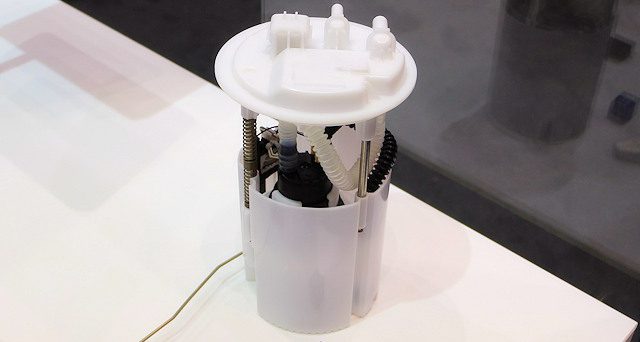
Here is an insulated pump
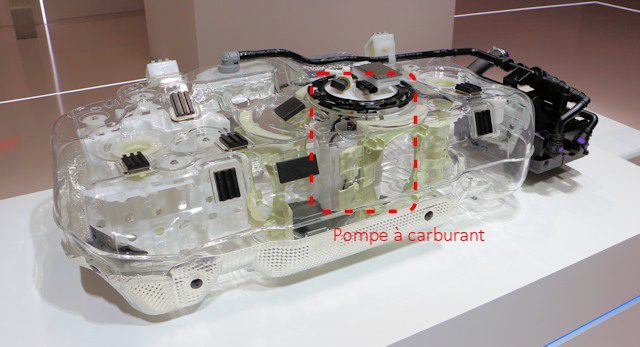
Here he is placed in a tank
Discharge pump
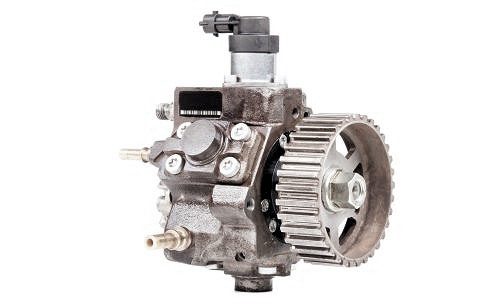
Common Rail / Common Rail Injection System

Nozzles
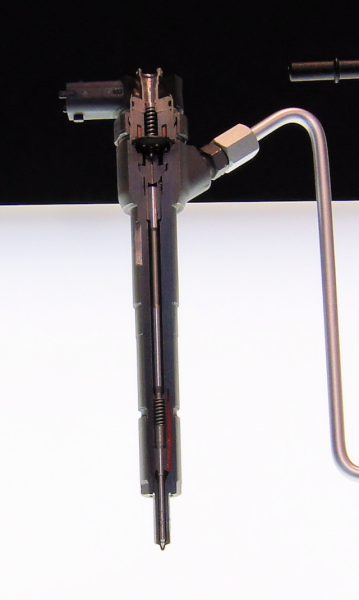
Carburant filter
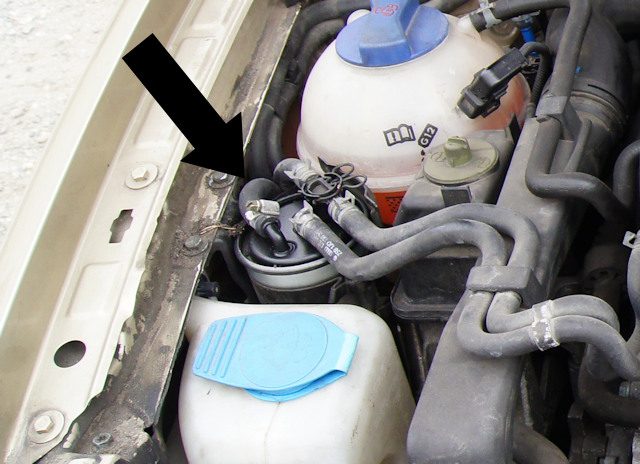
Check injectors?
If you have direct injection with solenoid injectors, they are easy to check. In fact, you just need to disconnect the return hose from each of them and see the amount returned from each of them. Obviously, it is necessary to ensure that the disconnected pipes lead to the tank so that fuel does not get into the cylinder block ...
To learn how to do this, click here.
All comments and reactions
Dernier comment posted:
Zanzed (Date: 2021, 10:10:12)
Very elegant and very informative, like a standalone automotive article.
Il I. 2 reaction (s) to this comment:
- Administrator SITE ADMINISTRATOR (2021-10-11 12:00:55): Very nice.
- Mojito (2021-10-11 15:22:03): ou defu
(Your post will be visible under the comment after verification)
Comments continued (51 Ã 133) >> нажмите здесь
Write a comment
What inspires you with the KIA brand?
